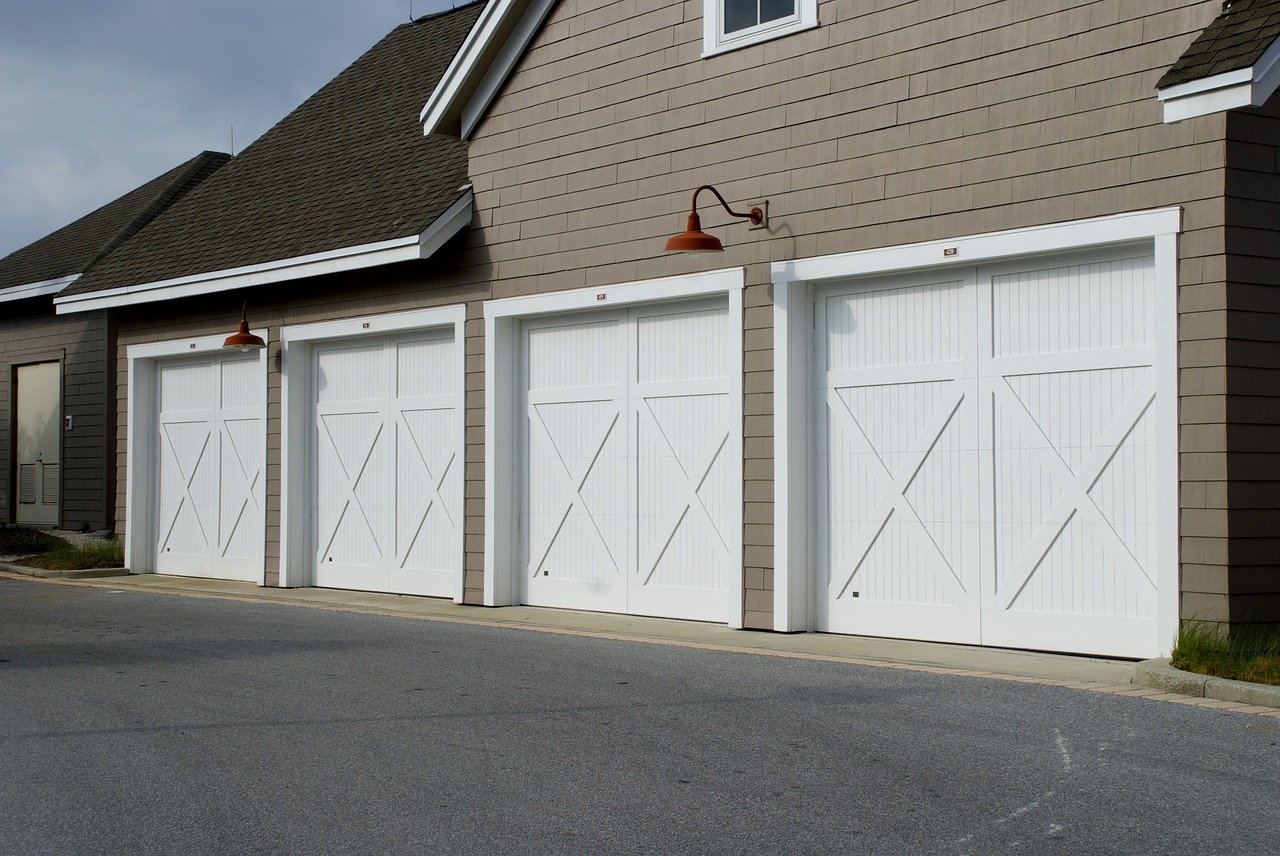Why Professional Garage Door Opener Installation Saves Time and Money
Many homeowners think about doing this job: installing a garage door opener. Still, choosing a professional installation company will save time and money over time and offer several advantages. By guaranteeing efficient, safe, and accurate completion of the work, an Expert Garage Door Opener Install reduces the possible expenses and hazards related to incorrect installation.
Accuracy and Expertise in Installation
Professional installers guarantee correct garage door opener installation from the beginning by bringing a great abundance of expertise and specialized knowledge. They can negotiate the complexity of installation without needless trial and error and are educated to manage several models. Depending on professionals helps you lower the possibility of expensive blunders that can call for reinstallation or more repairs.
Time Efficiency
Especially when someone without experience is doing it, installing a garage door opener takes time. Professionally installed projects can be finished fast and effectively. Their tools and equipment help to cut the time required to complete the installation. Leave your opener to the experts and save up your time for other crucial events instead of spending hours or even days trying to find out how to correctly set it up.

Preventing Potential Issues
A poorly installed garage door system can cause a range of problems, including safety concerns, broken openers, and wear and tear. These problems are prevented during an Expert Garage Door Opener Install. Professionals guarantee that the opener is precisely aligned and firmly installed, therefore avoiding issues that would otherwise result from poor setup. Over time, this produces more consistent and smoother operation.
Long-Term Savings
While a DIY job would appear to save money initially, incorrect installation can effect in expensive repairs down the line. A broken opener could compromise the garage door or lead to other problems needing further repairs or replacements of parts. The decision to employ a specialist to supervise the installation can give you the certainty that the job will be conducted accurately, decreasing the need for more repairs in the future and, as a result, saving you money.
It’s a smart choice to get an expert to fix your garage door opener. It guarantees your opener runs for years to come and not only saves you time but also helps you prevent expensive mistakes. Investing in the installation of a garage door ensures both joy and tranquility over the long run.

















